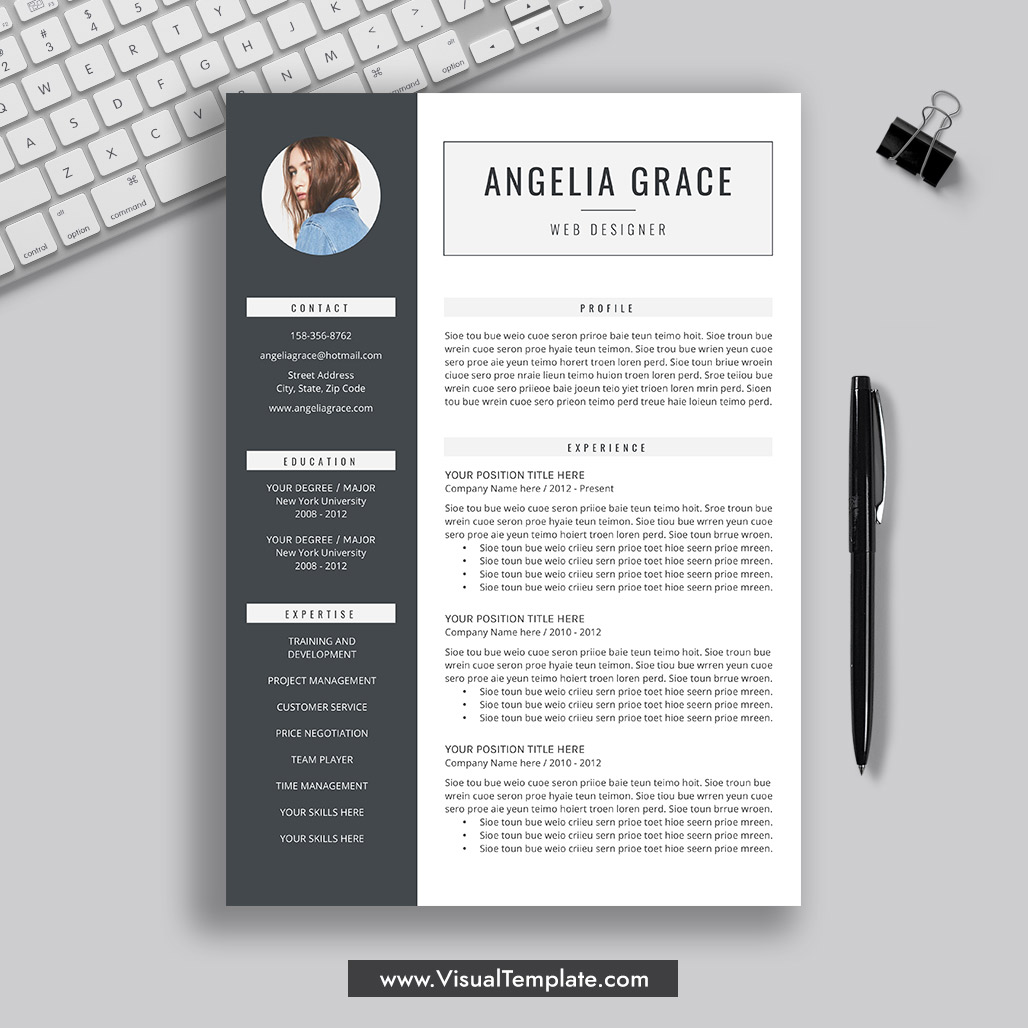
If you’re still not sure which font to use on your resume, any of these are good choices:

The tool also evaluates your resume on key criteria such as resume length, font size, spacing and margins. To avoid this, use a standard font on your resume and double-check to make sure that your letters haven’t been converted into special characters, or use the tool below to confirm that your resume is easily read by ATS. If, for example, you’re applying for a Financial Analyst position, ATS may be programmed to search for the keyword ‘financial reporting.’ If you’ve used a font that combines ‘fi’ and ‘ti’ into special characters, the ATS will read this as ‘#nancial repor#ng’ and assume you don’t have what it’s looking for. Most employers nowadays use ATS, which are programmed to scan your resume for specific keywords and filter out those without relevant experience. The text on the right has combined the two letters into a single special character with no space in between, which is not only harder to read, it also can’t be scanned properly by Applicant Tracking Systems (ATS). The text on the left is perfectly legible, with a space between the letters.

Look at the following example: Some fonts convert text to special characters which results in your resume not being read correctly The worst type of font to use is one that converts letters into special characters. If you strongly prefer a serif font, choose something simple and classic like Georgia or Times New Roman.

Most default fonts, like Arial and Calibri, are sans serif. What are sans serif fonts? They’re the ones featuring simple, straight lines without decorative embellishments (like the little ‘feet’ at the bottom of letters). These days, most recruiters are reading your resume on a computer screen, which means sans serif fonts are the most readable. Resume font choice: What you need to know Serif vs sans serif There are obviously some exceptions, but in general, the font you use on your resume doesn’t really matter, as long as it’s clean and readable. After all, who among us has never begun to second guess whether they should be writing their resume in past or present tense or wondered if they were shooting themselves in the foot by somehow choosing the wrong font? The Best Resume Fontįor those currently frozen with indecision over whether to choose Arial or Helvetica, the best font to use on your resume is … whatever font you prefer!

Writing a resume can bring out anxiety in the best of us.


 0 kommentar(er)
0 kommentar(er)
